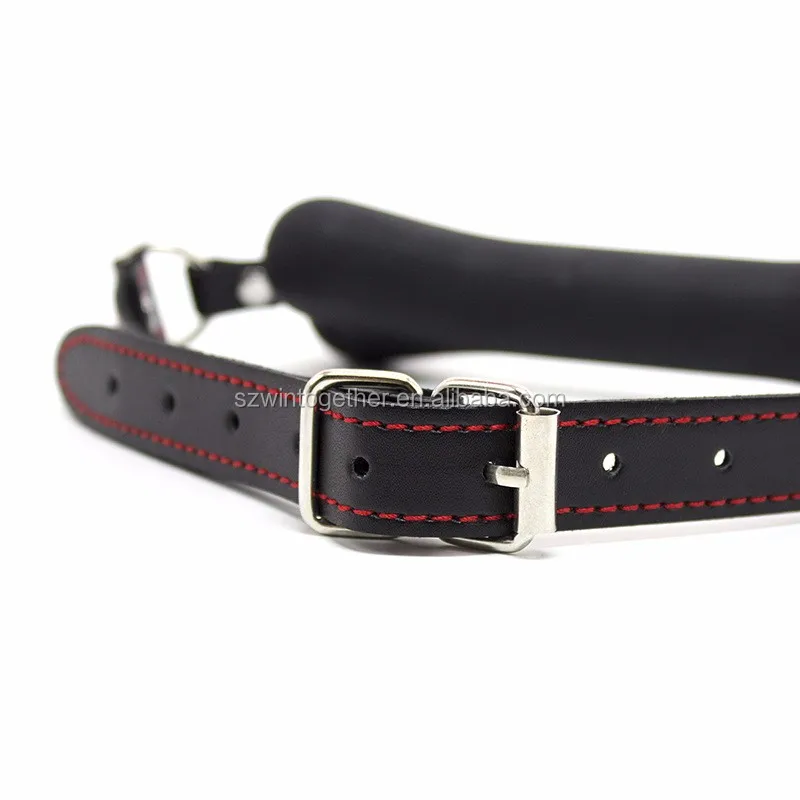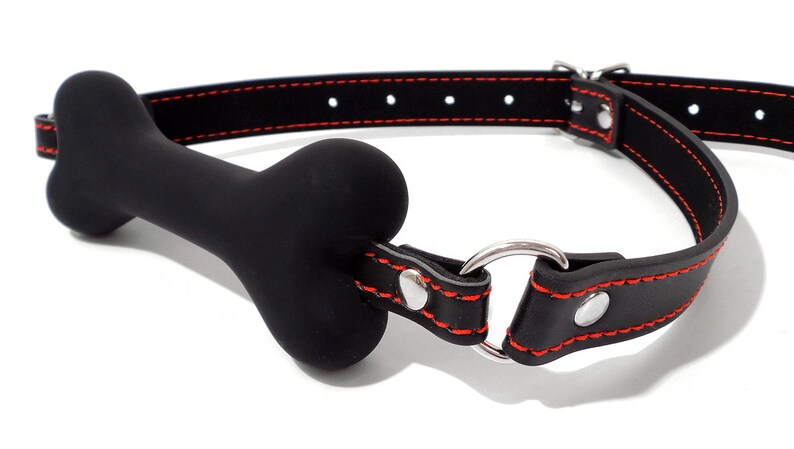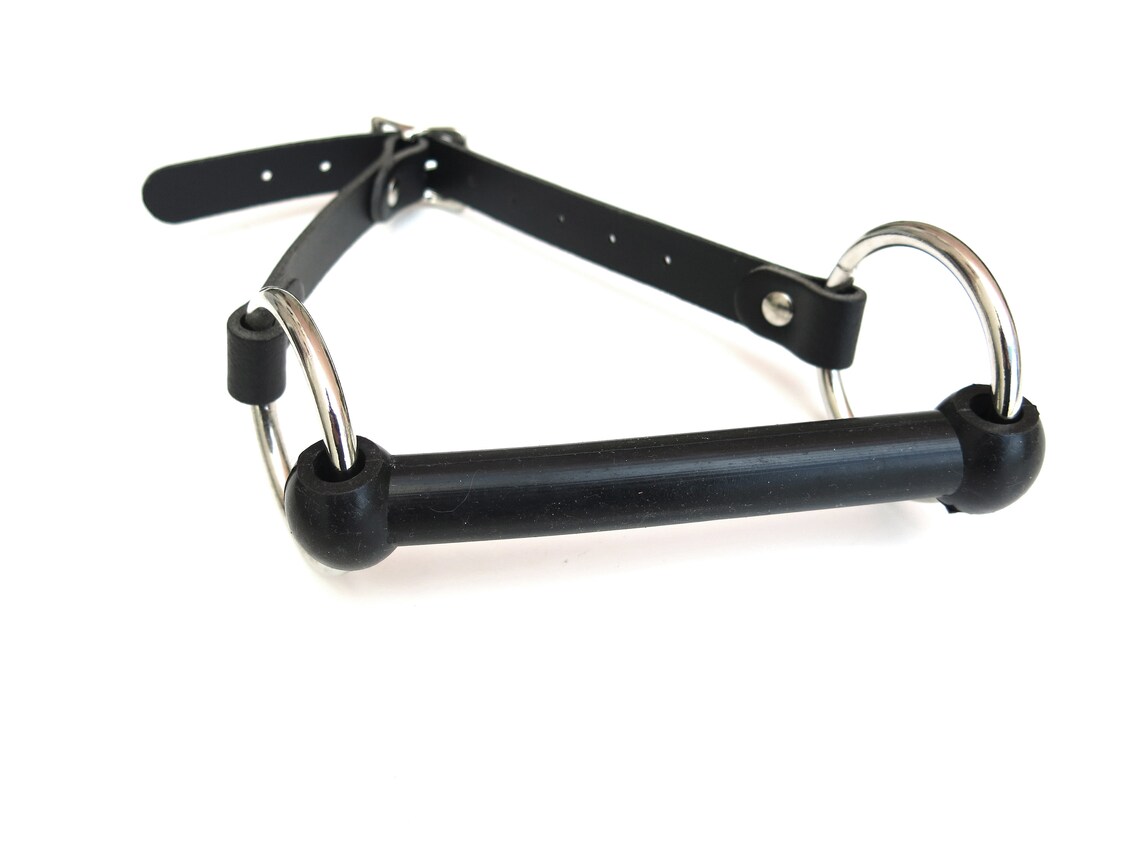

The fourth class of GAG, hyaluronic acid, is synthesized by integral membrane synthases, which immediately secrete the dynamically elongated disaccharide chain.

Keratan sulfate may modify core proteins through N-linked glycosylation or O-linked glycosylation of the proteoglycan. Heparin/ heparan sulfate (HSGAGs) and chondroitin sulfate/ dermatan sulfate (CSGAGs) are synthesized in the Golgi apparatus, where protein cores made in the rough endoplasmic reticulum are post-translationally modified via O-linked glycosylation by glycosyltransferases ,forming proteoglycans.

GAGs are classified into four groups, based on their core disaccharide structures. This is because GAG synthesis is not template driven, as are proteins or nucleic acids, but constantly altered by processing enzymes. Glycosaminoglycans vary greatly in molecular mass, disaccharide structure, and sulfation. Mucopolysaccharidoses are a group of metabolic disorders in which abnormal accumulations of glycosaminoglycans occur due to enzyme deficiencies. īecause GAGs are highly polar molecules and attract water the body uses them as lubricants or shock absorbers. GAGs are found in vertebrates, invertebrates and bacteria. The repeating two-sugar unit consists of a uronic sugar and an amino sugar, except in the case of the sulfated glycosaminoglycan keratan, where, in place of the uronic sugar there is a galactose unit. Glycosaminoglycans ( GAGs) or mucopolysaccharides are long, linear polysaccharides consisting of repeating disaccharide units (i.e.

For polysaccharide nomenclature see here. Whether these cellular properties translate into improved bone regeneration needs to be validated in vivo.ĬHONDROITIN SULFATE (CS) GLYCOSAMINOGLYCANS (GAG) HYALURONIC ACID/HYALURONAN (HA) SULFATE OSTEOBLASTS (OB) OSTEOCLASTS (OC).The repeating disaccharide unit (GlcUA(1β→3)GalNAc(1β→4)) n of chondroitin sulfate. In conclusion, GAG sulfation controls bone cell homeostasis by concurrently promoting osteogenesis and suppressing their paracrine support of OC functions, thus displaying a favorable profile on bone remodeling. Furthermore, GAG treatment of OBs suppressed their ability to support osteoclast (OC) differentiation and resorption. When exposed to sulfated GAGs, OB marker genes, such as alkaline phosphatase, osteoprotegerin (OPG), and osteocalcin increased by up to 28-fold (P < 0.05) and calcium deposition up to 4-fold (P < 0.05). Proliferation and metabolic activity were slightly (P < 0.05) and cell death events strongly (P < 0.001) down-regulated due to a switch from proliferative to matrix synthesis state. Adhesion, but not migration, was diminished by 50% (P < 0.001). GAG sulfation regulated osteogenesis at all key steps of OB development. Using native and synthetic sulfate-modified GAGs, we manufactured artificial collagen/GAG ECM (aECMs) coatings, and evaluated how the presence of GAGs and their degree of sulfation affects the differentiation of murine mesenchymal stem cells to osteoblasts (OB) cultivated on these aECMs. Glycosaminoglycans (GAGs) such as hyaluronan (HA) and chondroitin sulfate (CS) are major extracellular matrix (ECM) components of bone, and display osteogenic properties that are potentially useful for biomaterial applications. In order to improve bone regeneration, development and evaluation of new adaptive biomaterials is warranted.


 0 kommentar(er)
0 kommentar(er)
